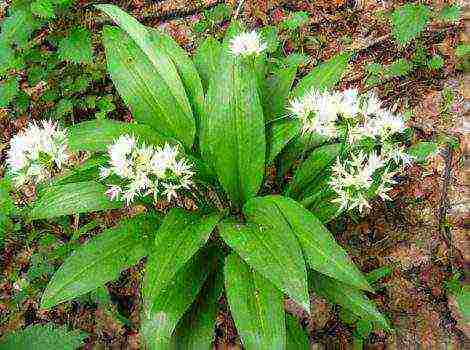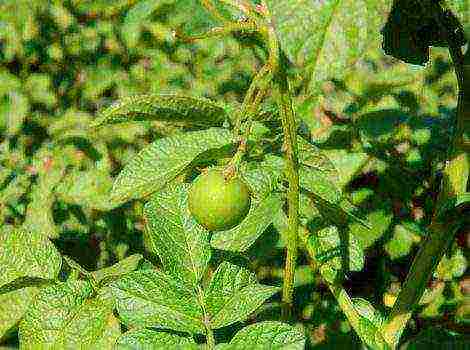Detailed description and characteristics of cabbage variety Kolobok F1
Cabbage Kolobok is a late-ripening white-headed variety. It is widely used for its excellent taste, long shelf life and high content of useful micro and macro elements.
General characteristics of Kolobok cabbage
Gingerbread man is a variety with high biological and morphological homogeneity. Plants are demanding on the soil. They prefer neutral or alkaline acidity and increased fertility. Poorly tolerate lack of moisture.
Cabbage is bred by the seedling method. Young plants are planted 1.5-2 months after sowing the seeds. The harvest ripens amicably. Aging period - 165 days... The collection is made late September - early October.
Young plants have a semi-raised compact rosette. Height up to 40 centimeters. Diameter - no more than 55 centimeters. The sheets are dark green by description, the shape is obovate, the surface is smooth, has a waxy coating.
Ripe heads of cabbage are distinguished by high density and even rounded shape. The height is up to 20 centimeters. The weight of one head of cabbage is up to 4.5 kg. The outer color is a rich green hue. The taste is excellent.
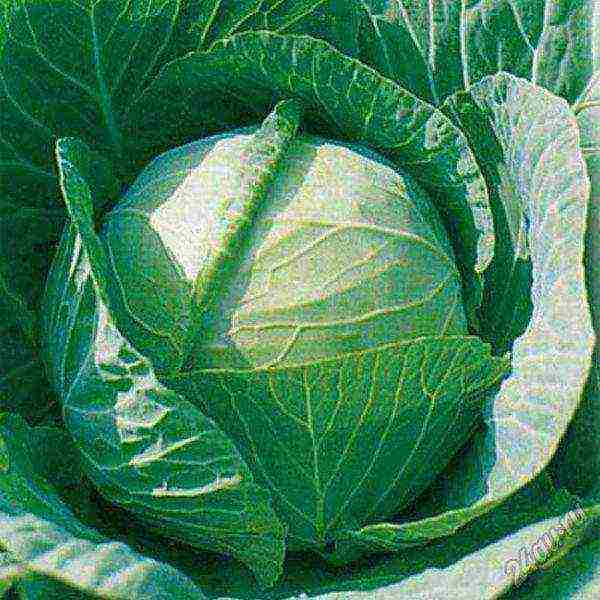
There are 10-12 kilograms of harvest per square meter. Cabbage has a good presentation. Differs in long-term keeping quality. Suitable for fresh consumption, fermentation.
Advantages and disadvantages
The gingerbread man has become widespread among gardeners due to the large number of advantages.
The advantages of the variety and its hybrids include:
- high taste;
- yield;
- resistance to the effects of diseases and pests (especially fusarium);
- keeping quality and transportability;
- marketable appearance.
Of the shortcomings, it should be noted exactingness to the composition of the soil and watering... Plants do not tolerate the increased acidity of the soil and require fertilization. Lack of watering leads to a decrease in the growth rate of plants.
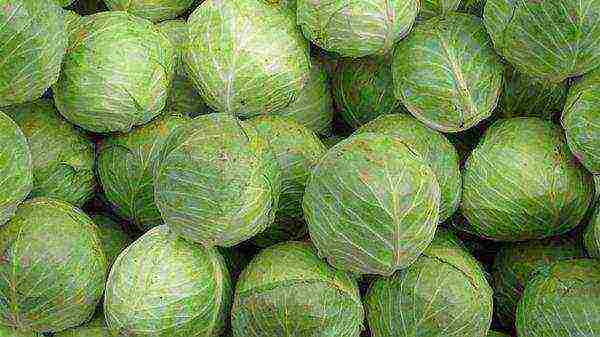
Beneficial features
It contains a large number of biotin, rutin, choline, vitamin K... From micro and macro elements are present iron, phosphorus, calcium, sodium, zinc, iodine, honey, selenium, chromium.
Regular consumption of cabbage contributes to:
- normalization of digestion;
- prevention of scurvy;
- improving bowel function;
- cleansing the body of toxins;
- prevention of thyroid diseases;
- removal of the hangover syndrome;
- breakdown of carbohydrates.
Cabbage juice and leaves are actively used in folk medicine for the prevention of constipation, hemorrhoids, wound healing and treatment of abscesses.
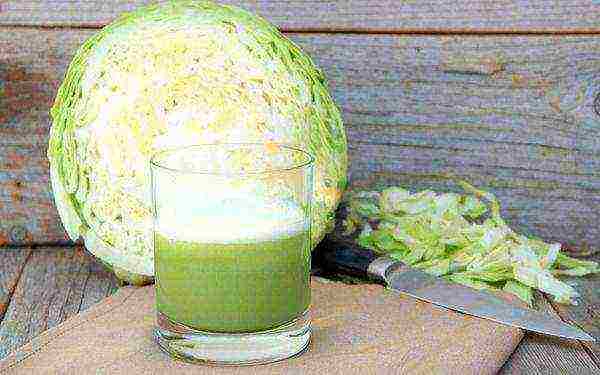
Soil preparation and site selection
Cabbage belongs to light-loving frost-resistant plant varieties. The optimum temperature during the day is 18 degrees. Plants do not tolerate higher temperatures. In this regard, illuminated fertile areas are chosen for planting.
Site preparation is carried out in the autumn.It consists in adjusting the acid-base environment.
Liming is carried out at the rate of 3.5 kg per square meter. Chalk, lime ash, slaked lime are used as substances. In the spring, organic fertilization is performed.
Seedling preparation
Gingerbread man gets divorced seedling way. Sowing of seeds is carried out in the first decade of March. In the case of sowing directly into the ground in a greenhouse or under a film - in early to mid-April.
To breed Kolobok by seedling method, it is necessary to prepare the soil in advance. For 7 parts of peat, 2 parts of humus and 1 part of sod and mullein are used.
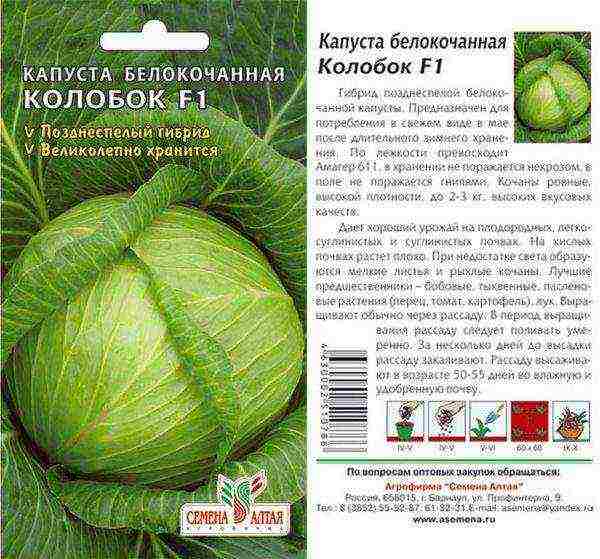
Seedlings are prepared in several stages.
- Seed hardening... To do this, they are sequentially soaked in warm water (+50 degrees) for 20 minutes, then placed in the cold for 2 minutes.
- Sowing seeds... The seeds are buried in prepared containers by 1 centimeters. After sowing, water or spray the top layer of soil with a spray bottle. For the first week, the seedlings are kept at a temperature of +6 to +12 degrees, then they are transferred to a room warmed up to +20 degrees.
- Plant picking... At the 2-leaf stage, the seedlings dive with a distance of 6 centimeters between the roots.
- Landing in the ground... Plants are planted in the ground after at least 1.5 months.
The seedless method involves sowing seeds directly into the soil under the film. It allows you to achieve denser and larger heads of cabbage.
Features of agricultural technology
Cabbage care should be divided into two periods:
- in the first two weeks after disembarkation;
- at a later time.
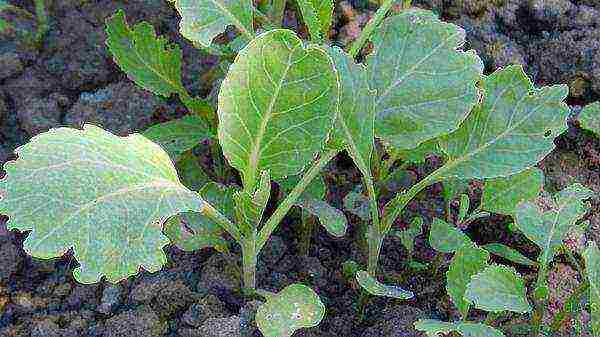
Seedlings are planted in open ground in the first half - mid-May... Optimal daytime temperature 12-18 degrees... Cabbage is a frost-resistant plant, so the seedlings can withstand short frosts.
Plants are buried down to the lower leaves. If the plot is sunny, then the seedlings must be shaded. Watering is done 2-3 times a day for the first 2-3 weeks. After each watering, the soil is loosened and the bushes are hilled. Soil moistening stops 2 weeks before the heads of cabbage are cut.
Subsequently, the plants are watered abundantly as needed. Kolobok variety poorly tolerates lack of moisture... For this reason, the soil must be constantly moistened. 10 l / 1 m is considered optimal.
Cabbage requires feeding 3-4 times per season:
- first the stage is carried out 20 days after planting the seedlings;
- second - 10 days after the first feeding;
- the third - 10 days after 2 feeding;
- fourth - 20 days before harvest.
For the first two stages of feeding, it is recommended to use organic fertilizers. For the third, complex formulations recommended for cabbage are suitable. The fourth top dressing is recommended with potassium-nitrogen fertilizers.
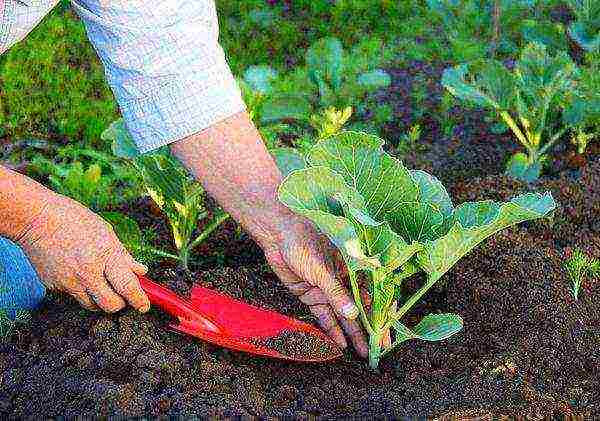
Diseases and pests
Kolobok cabbage is genetically resistant to most common diseases:
- gray rot;
- white rot;
- mucous and vascular bacteriosis;
- fusarium wilting;
- alternaria;
- necrosis.
Experts note that the variety is susceptible to aphidsand may also be damaged red fly... To combat, complex preparations against pests or folk methods are used in the form of ash solutions or ash-tobacco mixture with pepper.
Also, watering over the head of cabbage during the period of its formation allows to reduce the impact of pests. The water washes away the larvae from the leaf and cleans its surface.
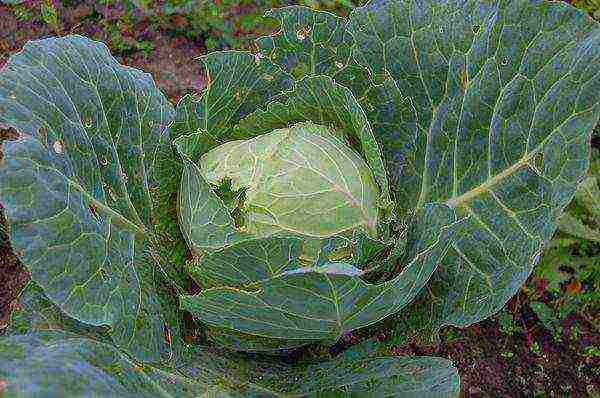
Harvesting and storage
Gingerbread man belongs to late-ripening cabbage varieties. The ripening of the crop takes place amicably. The main signs of aging include:
- the hardness and elasticity of the heads of cabbage;
- cessation of mass build-up;
- yellowing of the lower leaves.
Harvesting is considered optimal. in September or October in dry sunny weather. Cabbage tolerates transportation well and is subject to long-term storage in a cool, dark room.
Kobolok is a kind of cabbage grateful to care. Compliance with the rules of agricultural technology allows you to achieve a bountiful harvest, which will remain for a long time.
